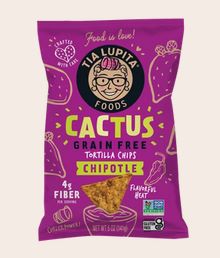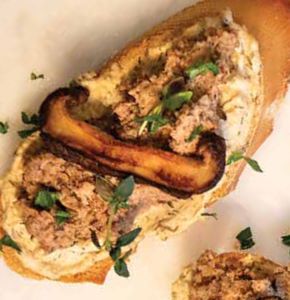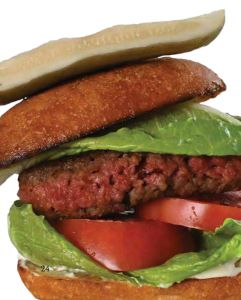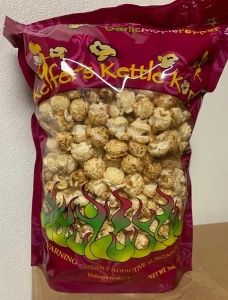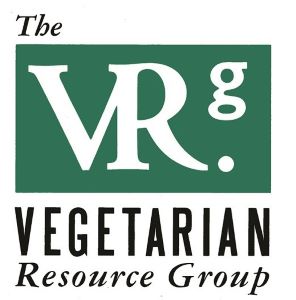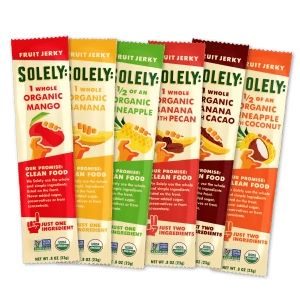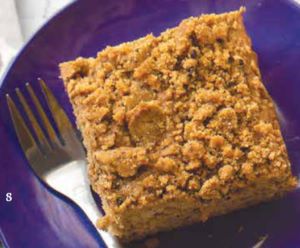Posted on
December 12, 2023 by
The VRG Blog Editor
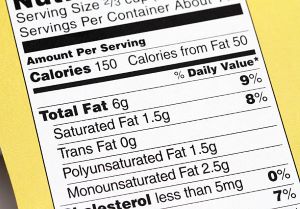
By Reed Mangels, PhD, RD
Higher intakes of saturated fat are associated with an increased risk of heart disease and stroke. In order to reduce this risk, the Dietary Guidelines for Americans, 2020-2025 calls for a saturated fat intake of less than 10% of calories (1).
Researchers at the National Institutes of Health (NIH) and the Centers for Disease Control and Prevention (CDC) recently investigated sources of saturated fat in the U.S. diet (2). They compiled results of a survey of close to 12,000 people age 2 years and older in the United States. Participants were asked to list all the foods and the amounts of those foods they ate in the past 24 hours.
On average, saturated fat intake was 11.9% of calories, which is higher than the 10% of calories recommended by Dietary Guidelines. Dairy products, including milk, yogurt, cheese, ice cream, pizza, and macaroni and cheese were responsible for approximately 30% of the saturated fat in American’s diets. The meat group, which included red meat, poultry, and cured meat was responsible for about 20%. These two food groups supply half of the saturated fat in diets in the United States. About 40% of saturated fat came from the “other” group which included savory snacks, bread, processed foods, and fats and oils. The saturated fat in the “other” group was mainly from saturated fat added during food processing.
The “plant sources” food group accounted for 7.5% of saturated fat intake. This group included fruits and vegetables, vegetable dishes, legumes and dishes containing legumes, nuts and seeds, and processed soy products. Nuts and seeds contain some saturated fat, but their high content of unsaturated fats helps to explain their association with a reduced risk of heart disease. Other sources of saturated fat in the “plant sources” food group are likely to be saturated fats added to processed foods.
The top sources of saturated fat overall were red meats, sweet bakery products (like cakes and pies), cured meats, milk, cheese, and pizza.
The top source of saturated fat for men was red meat, for women the top source was sweet bakery products. Dairy milk was the top source for 2-5 year olds, sweet bakery products for 6-11 year olds, pizza for 12-19 year olds, red meat for 20-59 year olds, and sweet bakery products for those 60 years and older.
A markedly reduced consumption or elimination of meat, dairy products, and processed foods containing saturated fat could effectively reduce the amount of saturated fat in American’s diets.
References
- U.S. Department of Agriculture and U.S. Department of Health and Human Services. Dietary Guidelines for Americans, 2020-2025. 9th Edition. December 2020. DietaryGuidelines.gov
- Wambogo EA, Ansai N, Terry A, et al. Dairy, meat, seafood, and plant sources of saturated fat: United States, ages two years and over, 2017-2020. J Nutr. 2023;153:2689-2698.
To read more about saturated fat see: Update on Saturated Fat
